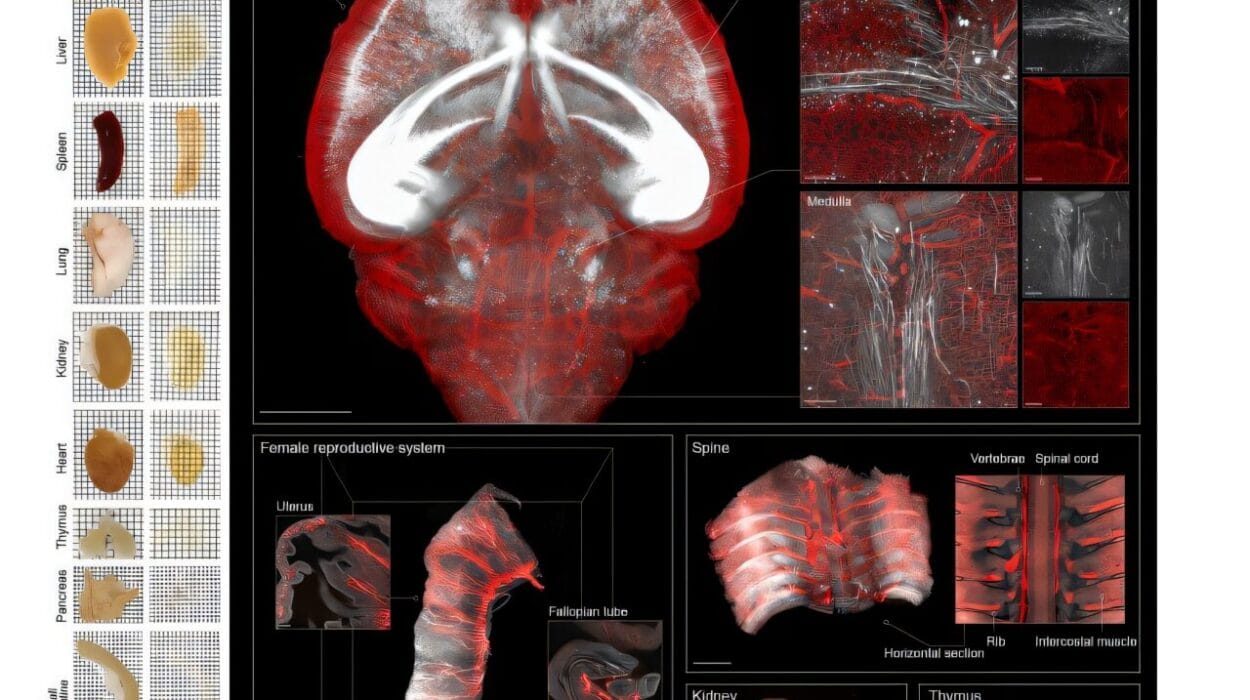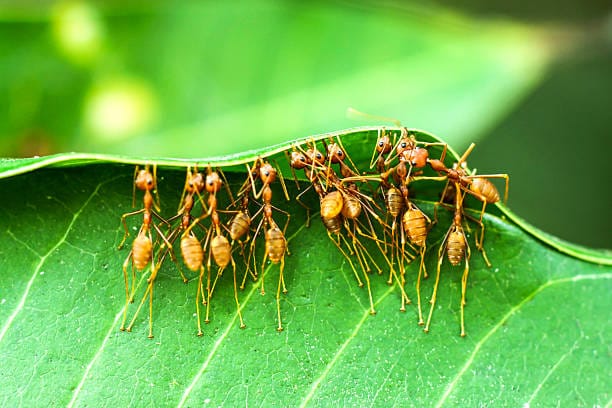In the fight against snakebite venom, science has just opened an unexpected new front. The same cutting-edge technology that powered the rapid development of COVID-19 vaccines could one day help prevent the debilitating muscle damage caused by snakebites. Researchers from the University of Reading and the Technical University of Denmark have recently made a groundbreaking discovery: messenger RNA (mRNA) technology might hold the key to shielding muscle tissue from the devastating effects of venom.
Snakebites are a global health crisis, causing an estimated 140,000 deaths and leaving another 400,000 people permanently disabled each year. Much of this suffering is the result of venom that attacks muscle tissue, leaving victims with lasting, often crippling damage. Current treatments, including antivenoms, work by neutralizing the toxins in the bloodstream, but they struggle to protect the muscle tissue around the bite site. This is where the team’s new approach could make all the difference.
The Snakebite Crisis and the Search for a Solution
Among the many species of venomous snakes that pose a threat to humans, the Bothrops asper stands out. Found across Central and South America, this snake’s venom is notorious for causing severe damage to muscle tissue. Victims of bites often face not only the immediate danger of the venom spreading through their system but also the long-term effects of muscle destruction that may leave them with permanent disabilities.
For years, scientists have sought a way to treat the local tissue damage caused by snakebites. While antivenoms can neutralize toxins in the bloodstream, they are less effective at reaching and protecting the tissues surrounding the bite. The University of Reading and Technical University of Denmark’s study is the first to show how mRNA technology could be used to prevent such tissue damage—a discovery that could drastically change how snakebites are treated.
Professor Sakthi Vaiyapuri, lead author of the study from the University of Reading, is particularly excited by this new possibility. “For the first time, we’ve shown that mRNA technology can protect muscle tissue from snake venom-induced damage,” he said. “This opens a completely new door for treating snakebites, particularly the local injuries that current antivenoms struggle to prevent.”
How mRNA Could Shield Muscle Tissue
At the heart of this new treatment lies mRNA, the same technology used in the development of COVID-19 vaccines. In their experiment, the researchers wrapped specific mRNA molecules inside tiny fat particles, creating a delivery system that could target muscle cells. When injected, the mRNA teaches these cells to produce antibodies that can specifically target and neutralize the venom’s toxins.
The real breakthrough came when they tested this method in the lab using human muscle cells. The mRNA treatment was successful in reducing the damage caused by a single toxin as well as by the venom as a whole. What’s more, the antibodies produced by the muscle cells appeared just 12 to 24 hours after the mRNA injection, offering swift protection from venom-induced damage.
The potential of this approach was further demonstrated in mice. A single injection of mRNA, administered 48 hours before the animals were exposed to venom, protected their muscle tissue from injury. The results were striking: Mice treated with mRNA showed lower levels of key enzymes, such as creatine kinase and lactate dehydrogenase, which are normally released when muscles are injured. The muscle tissue in these mice also remained healthier and better preserved than in untreated subjects.
A Step Toward a Dual Approach to Snakebites
This new treatment doesn’t replace traditional antivenoms—it complements them. While antivenoms remain essential for neutralizing toxins in the bloodstream, they can’t effectively reach the muscle tissue near the bite site. The mRNA treatment, on the other hand, is designed to act locally, preventing venom from wreaking havoc on the muscles.
Professor Andreas Laustsen, co-lead author from the Technical University of Denmark, explained the broader potential of the mRNA approach. “We tested this treatment on snake venom, but this technology could be even more useful for other conditions where toxins cause harm gradually. For example, it might help block harmful toxins produced by bacteria during infections.”
By combining the two treatments, mRNA-based antibodies and traditional antivenoms, the team believes they could significantly reduce both the immediate and long-term impact of snakebites, offering new hope to the millions of people at risk.
The Road Ahead: Overcoming Challenges
Despite the excitement, the road to using mRNA for snakebite treatment is far from smooth. There are several challenges that remain before this breakthrough can be widely applied. One of the biggest hurdles is that the antibodies produced by the mRNA treatment take time—hours, in fact—to develop. In the case of snakebites, where every minute counts, this delay could limit the effectiveness of the treatment, particularly if administered after a bite.
Currently, the mRNA treatment targets only a single toxin found in the venom of the Bothrops asper. However, snake venoms often contain a complex mix of toxins, and future versions of the treatment will need to address multiple toxins at once to offer comprehensive protection.
Another significant challenge is the practical issue of storage. mRNA-based treatments require careful temperature control, which could pose difficulties in remote areas where snakebites are most common. The researchers are already aware of this problem and are working on solutions that would allow for easier storage and transportation of the mRNA treatment, particularly in rural regions where access to medical care is limited.
Professor Vaiyapuri remains hopeful. “We now need to expand this approach to target multiple venom toxins and solve storage challenges for rural areas, as well as ensure faster production of antibodies in tissues. The potential to reduce disabilities among snakebite victims is significant.”
Why This Research Matters
This research could be a game-changer in the battle against snakebites. While the development of an effective mRNA treatment is still in its early stages, the potential impact on public health is enormous. Snakebites cause untold suffering, not only due to the immediate threat to life but also because of the permanent disabilities they often leave in their wake. If mRNA technology can be refined to target multiple venoms and provide faster protection, it could save countless lives and prevent irreversible damage to muscle tissue.
Moreover, this breakthrough doesn’t just open doors for snakebite victims. As Professor Laustsen noted, the mRNA platform used in this study could be adapted for a range of other toxin-related diseases, offering new hope for conditions where toxins damage the body over time.
The ability to prevent muscle damage from snakebites represents a critical step forward in the fight against one of the world’s most dangerous and misunderstood health threats. While there is still work to be done, the fact that this treatment works as a local, rapid-response intervention is a reason for optimism. With continued research, the team could soon have a solution that not only saves lives but also protects the livelihoods of people living in snakebite-prone regions. The world is watching.
More information: Trends in Biotechnology (2025). doi.org/10.1016/j.tibtech.2025.10.017






